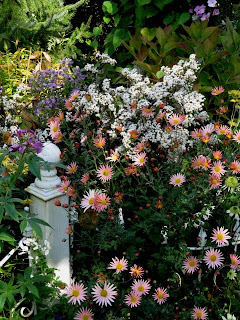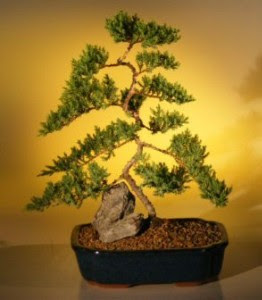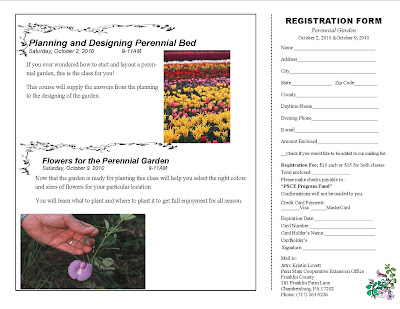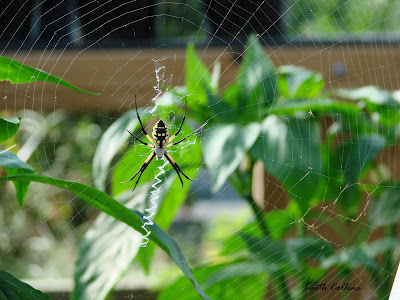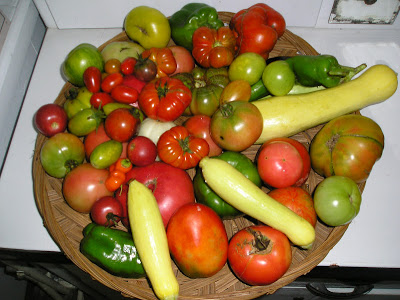Master Gardener Angela Weathers offers tips on putting your vegetable garden to bed by sowing a cover crop to improve your soil.
Whatever you do don’t leave your soil bare this winter or you’ll be missing out on a chance to recharge your soil and increase its fertility. This year why not try planting a
cover crop or green manure? They are well suited to all gardens, big or small. Green manure and
cover crops are often grown as an inexpensive method of improving the soil, they might be the hardest-working plants you’ll ever grow, and they cover the soil and protect it from erosion, and suppress weed germination. Dozens of plants have special talents and pull up nutrients and minerals from deep within the soil to improve the soil structure by increasing nitrogen production and soil microbial activity. They enhance the availability of nutrients locked up in the soil, and conserve water.
These crops can also break disease cycles and reduce populations of bacterial and fungal diseases; they also attract natural predators of pests by providing elements of their habitat. Most plants used for
cover crops and green manure are either grasses such as rye, barley or wheat, or legumes like peas, beans and various types of clovers and vetches.
Be sure to plant your
cover crop/green manure seed about four weeks before killing frosts. That would mean planting in late September or early October. Broadcast the seed and rake it in to protect it from the birds, and then keep moist until germination. You must kill these crops before they set seed in the spring and the top growth gets out of control. You can quickly kill them by cutting back with grass shears or with a weed whacker about a month before it’s time to plant your tomatoes and peppers, which would be April 15th in our area, and then incorporate it into the soil or use the cut foliage as mulch. A power mower does the job for larger areas.
The following three winter crops are best suited to our area:
 |
| Hairy Vetch |
Hairy vetch gives a big payback in terms of soil improvement. It’s an annual winter legume that serves both as a cover crop, green manure and mulch. It's extremely cold tolerant and contributes 80-250 lb/acre of nitrogen to the soil, 18 pounds of phosphorus, and 132 pound of potassium. Sow at a rate of 1 to 2 pounds/1,000 sq feet. The first year you may have to use a special
inoculent with the seed. Legumes have developed a symbiotic relationship with a common, beneficial soil bacteria,
Rhizobium, which allows them to fix nitrogen from the air, and make it available to the plant. If you haven't planted a legume crop (peas, beans, clover e.g.) in a few years, then add the inoculant. It contains a starting colony of the
Rhizobium microorganisms which will remain active in the soil to benefit future crops.
 |
| Oats |
Another type of
winter cover crop to consider is cold hardy oats. When the temp dips to near 0ºF the plant drops down to the ground and dies; the dead leaves and stems will protect the surface all winter. They will form a nearly impenetrable mat that will drastically reduce light transmittance to weed seeds which reduces weed seed germination.
 |
| Winter Rye |
Winter rye is an excellent cover crop because it rapidly produces a ground cover that holds soil in place against the forces of wind and water. It should be sown at about a 2 to 3 pound of seed for every 1000 square feet of area being sown. The rye will grow over the winter, and its fibrous roots will improve soil structure and provide organic matter when you turn it under before planting in the spring.
Regularly adding cover crops and other organic materials can raise your soil’s nutrient level and physical quality, thus reducing the need to add fertilizers. Use cover crops and green manures as part of your soil-building program.
Check with your local farm supply store for seed or order on line.
Peaceful Valley Farm,
Territorial Seeds,
Johnny's Selected Seeds, and
Seven Springs Farm are possible sources.




















